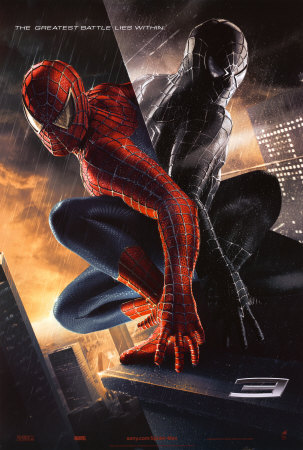http://entertainment.webshots.com/album/571753019SpTSrk
For my final project, I decided to take a series of photos showing the eerie, but beautiful qualities of the running trail behind my house in the morning. While most of the world is rushing down Massachusetts Avenue to get to work, some are sneaking off into the quiet and calm refuge of the Capital Crescent Trail. Its ability to quickly transport Washingtonians and Bethesda residents alike to nature is powerful, but also eerie. I have never felt safe on this trail, yet I am drawn to it.
The Capital Crescent Trail is what the area calls a “shared use trail.” It goes from Georgetown to Silver Spring, Maryland and can be used by runners, bikers, and rollerbladers. So this trail is a great opportunity for photography.
I decided to take my photos early in the morning because the low, natural lighting only adds the eeriness- the feeling I associate with this trail. Also, because the trail seems never-ending I thought the low light would add the quality of loneliness. Taking pictures in the sunshine would have clashed with the mood of the trail.
Throughout my picture series, I tried to incorporate the elements of design and photography we discussed throughout the semester. I find it hard to capture nature. Taking three dimensional organisms and transferring them to paper is challenging. I took photos using symmetry, low angles, zoom, wide angles, and framing devices. This combined, with the intentional use of darkness; I aimed to re-create the eerie little path off Massachusetts Avenue that I have grown to love. The concept was inspired by Annie Leibovitz’s picture of Scarlett Johannsen as Disney’s Cinderella. I loved the eeriness of this photo.






